Video October 4, 2018
Join us in the Field: Checking a lake for selenium
By Sumeep Bath, Communications Manager
Too much of a good thing … can be bad for you.
No one knows that better than Stephanie Graves, a toxicologist who is studying for her Ph.D. at the University of Saskatchewan. She wants to see how selenium—an element that is essential for humans in small doses—can affect the foodweb at large when it enters lakes, often as a by-product of mining.
Throughout the summer, she worked on introducing small doses of selenium into mesocosms in Lake 239 at IISD Experimental Lakes Area, and then sampling the lake and the fish within.
Her work even captured the attention of Bartley Kives at CBC who wrote an article on the research—as well as dedicating a TV spot to it.
Let’s head out with Stephanie on a boat across Lake 239 so she can show us how the research is done.
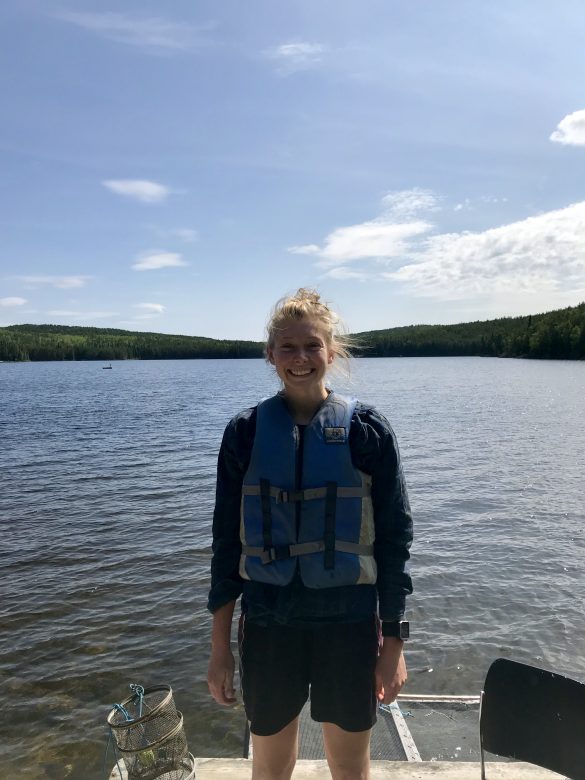
All smiles—looks like Stephanie is ready to head out on Lake 239 and show us how it’s done.
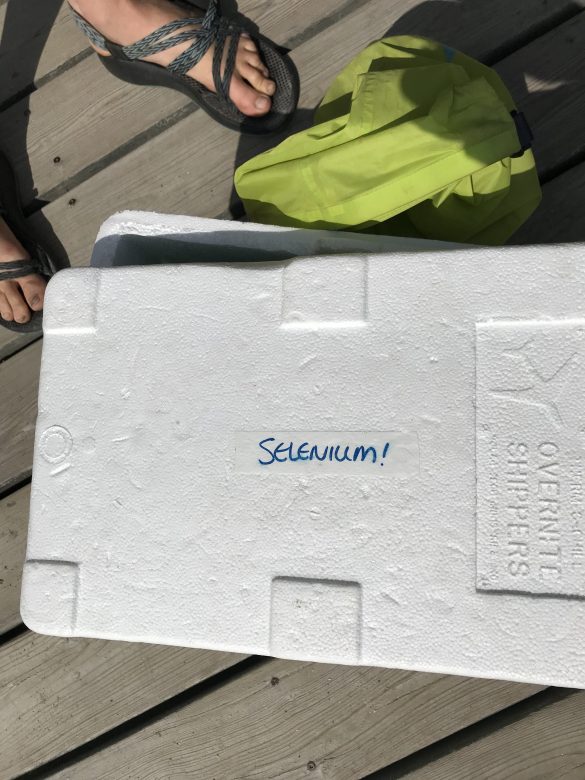
All packed and ready to go!
Awkward smiles as we head out across Lake 239? Check!
It’s a beautiful day for some selenium sampling!
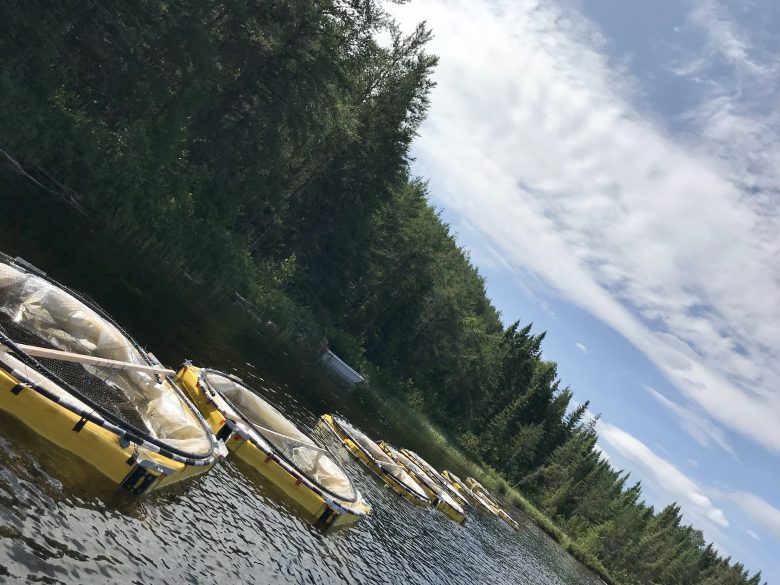
Here are the mesocosms with the selenium added on the shoreline of Lake 239.
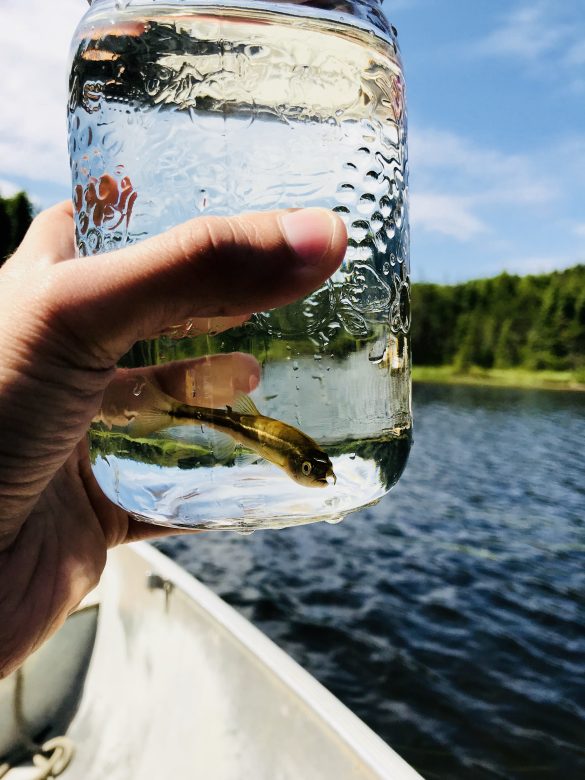
This guy will do! This handsome fellow has been chosen for sampling. We will take him back to the lab to see how much selenium has built up in his muscles.
Now we need to grab some water samples…
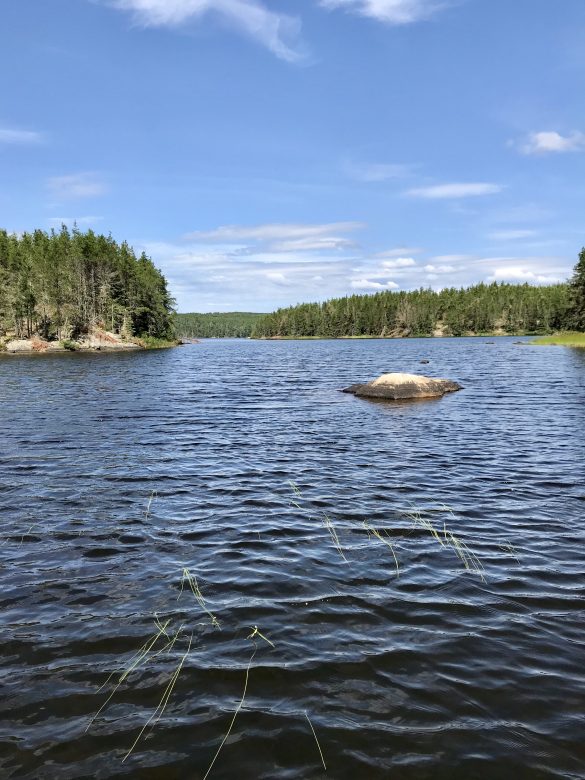
… aaaaaaand, we’re done. After we get back to camp, we will hand the samples off to the chemistry lab where they will test for selenium levels in the water and the fish.